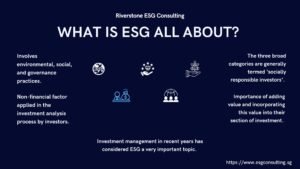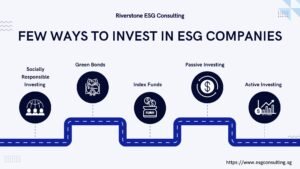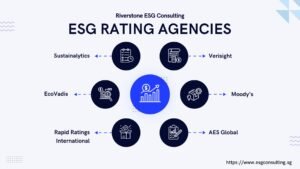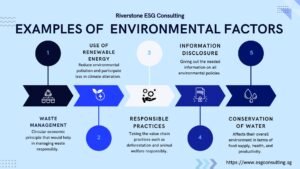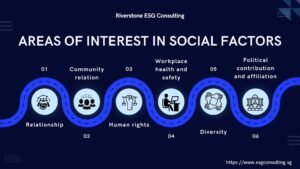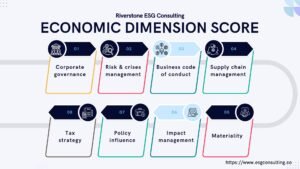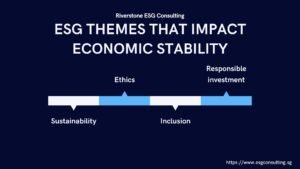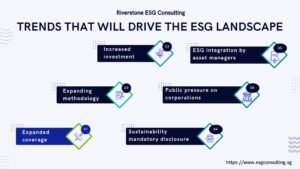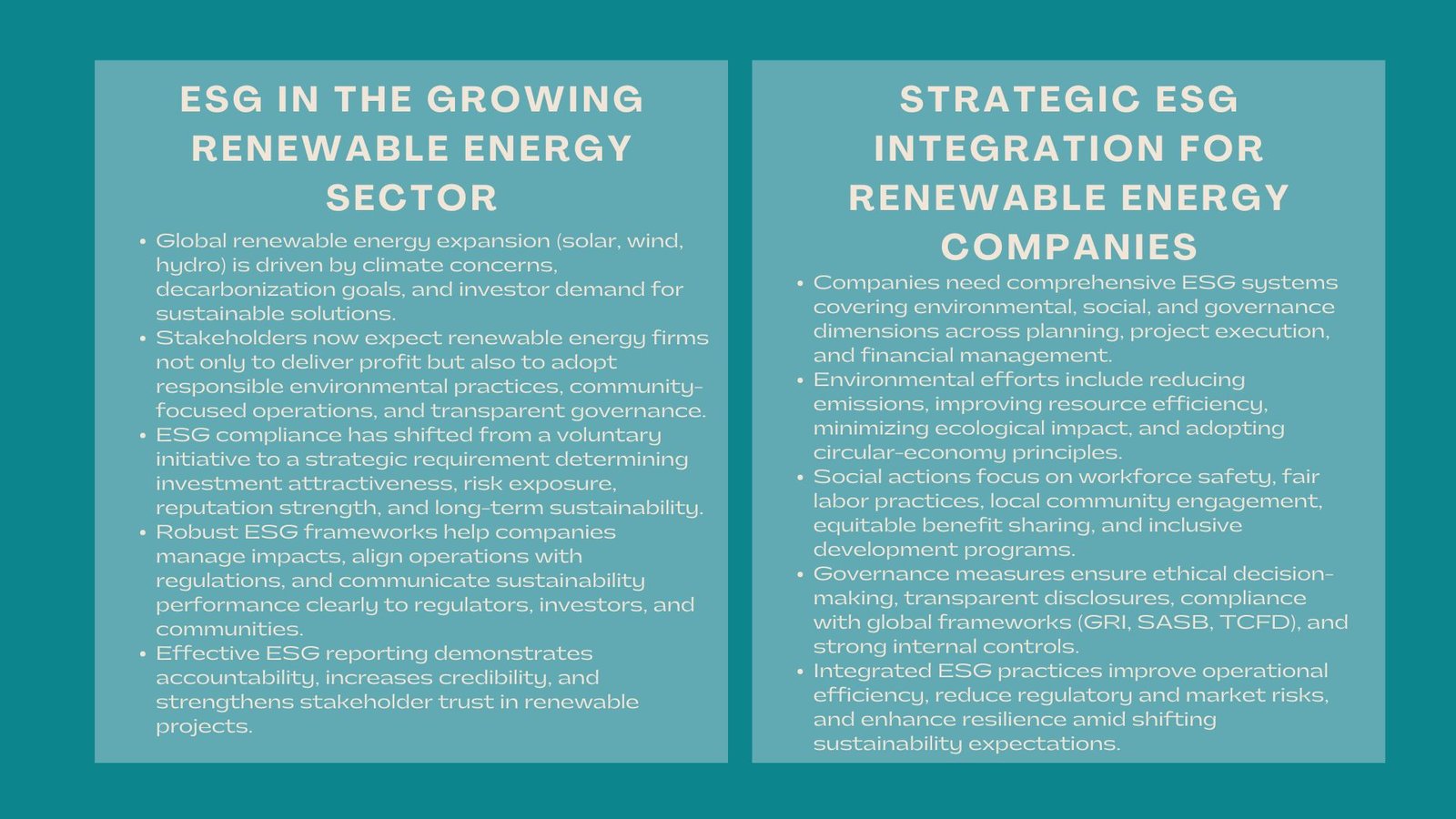Green Taxonomy Indonesia 2.0: Defining Sustainable Economic Activities
Introduction to Professional Sustainable Finance Courses Indonesia
With the world financial scene poised towards being sustainable, Indonesia has made drastic moves in order to make sure that its financial system sustains an environmental friendly economy. The intention to steer finance towards the sustainability objectives is reflected in the opening of the Green Taxonomy Indonesia 2.0, a framework that is aimed at categorizing and standardizing sustainable economic activities.
This taxonomy serves as an important guideline to investors, financial institutions and policymakers in determining the kind of projects and industries that can positively relate to environmental and social goals. Indonesia is willing to build a transparent and uniform base of sustainable investments by defining and setting standards to address the needs of local economies and international environmental, social, and governance standards.
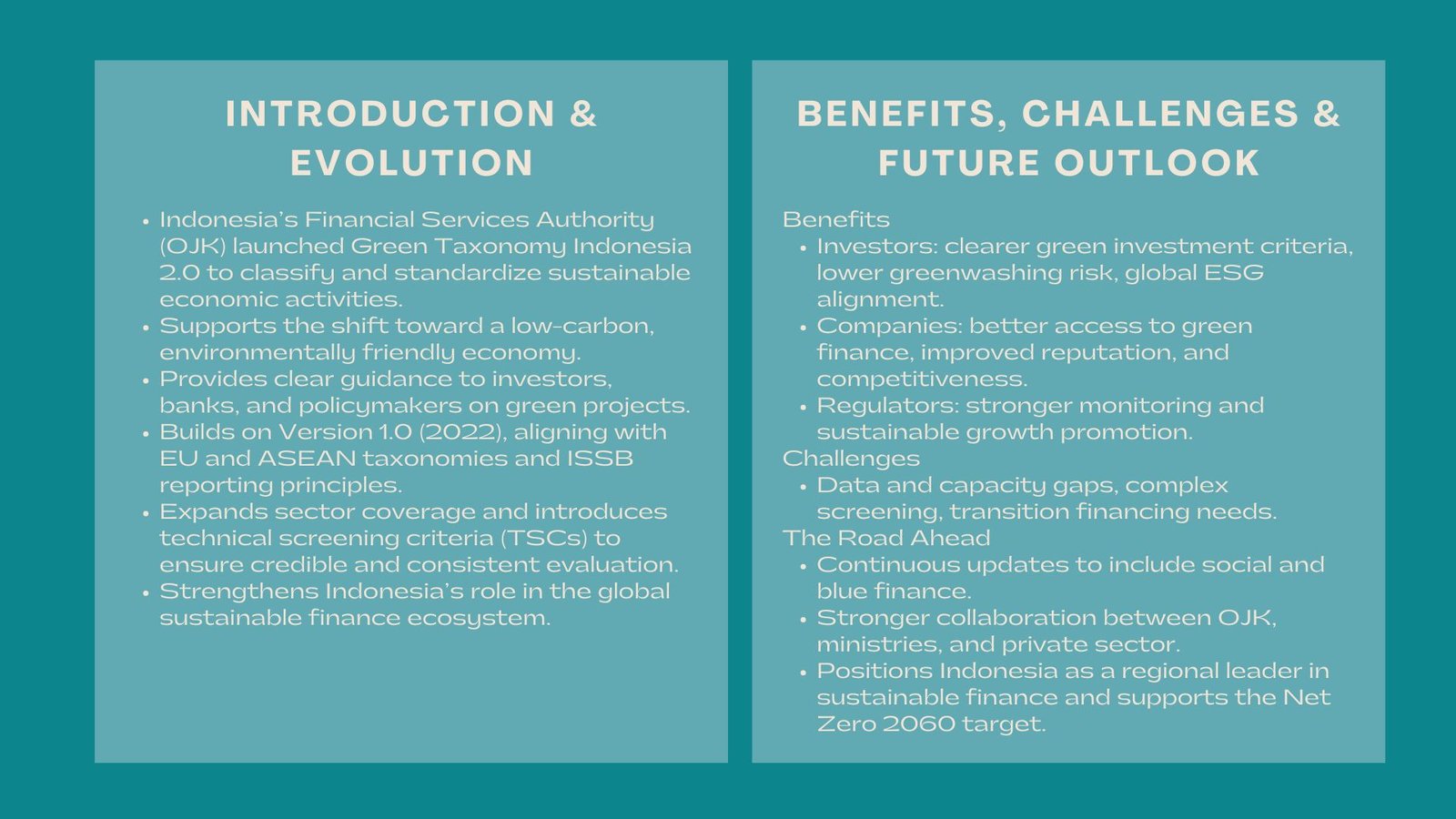
The Green Taxonomy Evolution of Indonesia.
In 2022, the Financial Services Authority (OJK) introduced the first version of the Green Taxonomy that initiated a new period of sustainable finance. It offered a framework to classify economic activities in terms of their environmental effect, which assists in directing the capitals to those projects that encourage the low-carbon development.
Nevertheless, the fast growth of sustainable finance and the changing international standards provoked the necessity of the refining. This led to the development of the Green Taxonomy Indonesia 2.0 to improve its alignment with international standards, including the EU Taxonomy, ASEAN Taxonomy on Sustainable Finance, and the aspects of reporting principles of the International Sustainability Standards Board (ISSB).
This is the revised edition that does not only expand the sectoral coverage but also sets more elaborate technical screening requirements such that a similarity in the evaluation of sustainability performance of economic activities is achieved.
Green Taxonomy Indonesia 2.0 Objectives.
The main aim of the new taxonomy is to develop standard language on sustainable finance in Indonesia. In this way, it will assist investors, regulators and companies to realize what is green or sustainable economic activities.
Key objectives include:
- Channels capital flows to the greener areas.
- Increasing investment and lending decision transparency.
- Adapting financial policies to the climate promises of Indonesia in the Paris Agreement.
- Avoiding greenwashing through making sure that sustainability claims are pegged on verifiable conditions.
- Enabling the entry of international green finance markets.
With these goals, Indonesia can become a pilot of sustainable finance, where the public and the private spheres of activities cooperate to reach long-term climate and development objectives.
Structure and Scope of the Taxonomy
The Green Taxonomy Indonesia 2.0 classification for sustainable investments and projects categorizes economic activities based on their environmental contributions and alignment with national sustainability objectives. The taxonomy has been used in several sectors that include:
- Energy and Utilities – grid modernization, renewable energy generation and energy efficiency.
- Manufacturing and Industry – Low-emission technologies and practices of the circular economy.
- Transport – This is in regards to transportation, electric mobility, mass transport, and efficiency in logistics.
- Agriculture and Forestry – Sustainable land utilization, the biodiversity and carbon sequestration.
- Construction and Real Estate – Environmentally-friendly buildings, energy conservation, and less wastage.
- Financial Services – Green bonds, ESG investment products, and sustainability-linked loans.
All activities are measured against the environmental goals like mitigating climate change, adapting, preventing pollution, efficiency and protection of resources, and preserving ecosystems.
The taxonomy classifies activities with the help of a traffic light system:
- Green: Operations that are entirely in line with the sustainability goals.
- Yellow (Transition): The activities are in the process of becoming sustainable in their performance.
- Red (Unsustainable): These are activities that have a severe adverse environmental effect.
This is a systematic method that gives the financial institutions an idea of the eligibility of a project to be put under green financing instruments.
Key Enhancements in Version 2.0
The process of the first version transfer to the second one, Green Taxonomy Indonesia 2.0, implies a number of significant changes:
- Extended Sector Coverage – More industries and value chains are covered by the taxonomy and in this way a thorough sustainability evaluation is provided.
- Technical Screening Criteria (TSCs) – Every activity has clear and measurable thresholds that are used to identify the environmental performance of the activity.
- Integration with International Standards – More alignment with the ASEAN and international taxonomies make it easy to invest across borders.
- Social and Governance Dimensions – ESG aspects are more directly involved and they focus on not just on environmental objectives, but also social inclusion and good governance.
- Data-Based Assessment – Facilitates the necessity to use verifiable indicators and digital platforms to strengthen the accuracy of reporting.
Such enhancements make the sustainability system in Indonesia more valid and encourage investors to become more confident in the local green finance system.
Supporting Sustainable Finance Development
The sustainable finance taxonomy framework and ESG investment criteria in Indonesia underpin a broader national strategy to promote sustainable economic growth. The financial institutions are instrumental since they can use the taxonomy to refer to:
- Evaluation of loans and investments.
- Stakeholder products Sustainable finance products can be created, like green bonds or sustainability-linked loans.
- Disclosing the adherence to the sustainable finance regulations of OJK.
- Portfolio environmental and social risk exposure monitoring.
The taxonomy is therefore a regulatory instrument and practical instrument in guiding the business activities of the financial institutions to comply with the climate and sustainability commitments of Indonesia.
Also, the taxonomy aids mobilization of the private sector funds towards the projects that lead to the realization of the Net Zero Emission (NZE) 2060 target in Indonesia. It directs its resources to those activities that can be quantified as sustainable (green manufacturing, renewable energy infrastructure, and sustainable urban development), by determining the activities that should be considered as sustainable
Implementation Challenges
Although the Green Taxonomy is a solid base, there are various challenges that can be faced by both the public and the stakeholder when implementing the green taxonomy:
- Data and Measurement Gaps – Companies can have issues in gathering accurate environmental performance data required to classify it.
- Technical Complexity – The application of the technical screening criteria involves special knowledge especially in smaller institutions.
- Transition Financing – Numerous capital-intensive sectors are present which need to be shifted in terms of emission levels up to green.
- Capacity Building – There is a need of continuous education and training within the financial institutions and regulators.
- Coherency in Reporting – Adherence to the international ESG reporting principles is still in its infancy.
To mitigate these challenges, OJK and other regulators are undertaking a number of programs- including the creation of Green Data Hubs, broadening of sustainability reporting recommendations and seeking international technical consultations.
Investor and Company Advantages.
Implementation of Green Taxonomy Indonesia 2.0 brings about various advantages to the investors and companies.
For investors:
- Gives a good guideline to the opportunities of credible green investments.
- Minimizes the risks of greenwashing with standard definitions.
- Enables alignment of portfolio to global ESG standards.
For companies:
- Improves the availability of green financing and credit facilities that are sustainability-based.
- Enhances reputation and confidence of investors in the company.
- Promotes embracing sustainability practices in operations.
The taxonomy helps to increase transparency, accountability, and market discipline by defining a common idea of what a sustainable activity entails.
Local and Global Integration.
There has been no Green Taxonomy 2.0 in a vacuum, as Indonesia is currently a member of a bigger wave of global sustainability harmonization. The framework enhances regional measures like the ASEAN Taxonomy of Sustainable Finance, which guarantees diversity in the inter-regional areas of Southeast Asia.
Moreover, adhering to the international ESG standards and carbon accounting practices, Indonesia becomes even more appealing to foreign investors who want to find green opportunities in the new markets. This resonance also helps in the leadership of the Indonesian sustainable finance in the ASEAN region.
The Road Ahead
Green Taxonomy Indonesia 2.0 will be implemented successfully through the ongoing stakeholder integration, policy support, and technological innovation. It will be updated to social and blue (ocean-related) finance sectors in the future and further incorporate sustainability to the whole economy.
OJK also will be in close cooperation with ministries, financial institutions, and development agencies to make the taxonomy consistent with other national policies, such as carbon pricing and renewable energy incentives.
With sustainability as the major economic change engine, the taxonomy in Indonesia enables the transparency and assurance to invest in the long-term green and resilient future.
Conclusion
Green Taxonomy Indonesia 2.0 is a revolutionary move in the sustainable finance of the country. Indonesia sets credible parameters of sustainable economic activities, which will help to attract responsible investment, minimize greenwashing, and rapidly transition to a low-carbon economy.
The taxonomy enables investors, financial institutions and policymakers to make decision that are aligned to the national and global sustainability objectives due to its comprehensive classification regime and robust regulation basis. After all, it can be considered as a compass and a catalyst–it is the way to a future Indonesia in which financial growth and environmental responsibility would be a hand-in-hand process.

